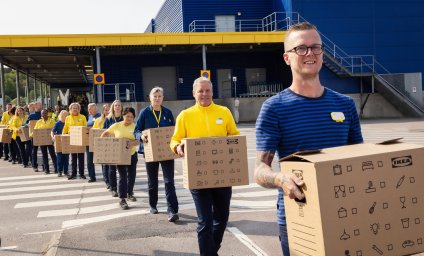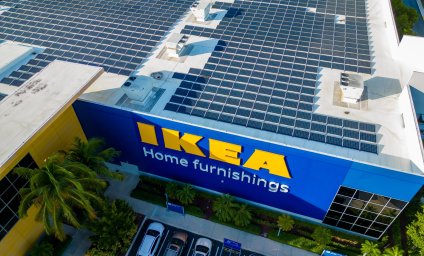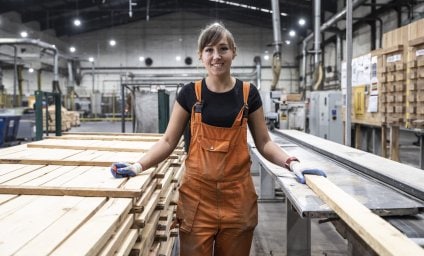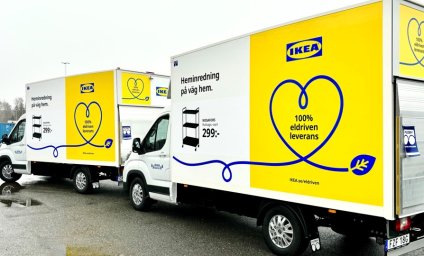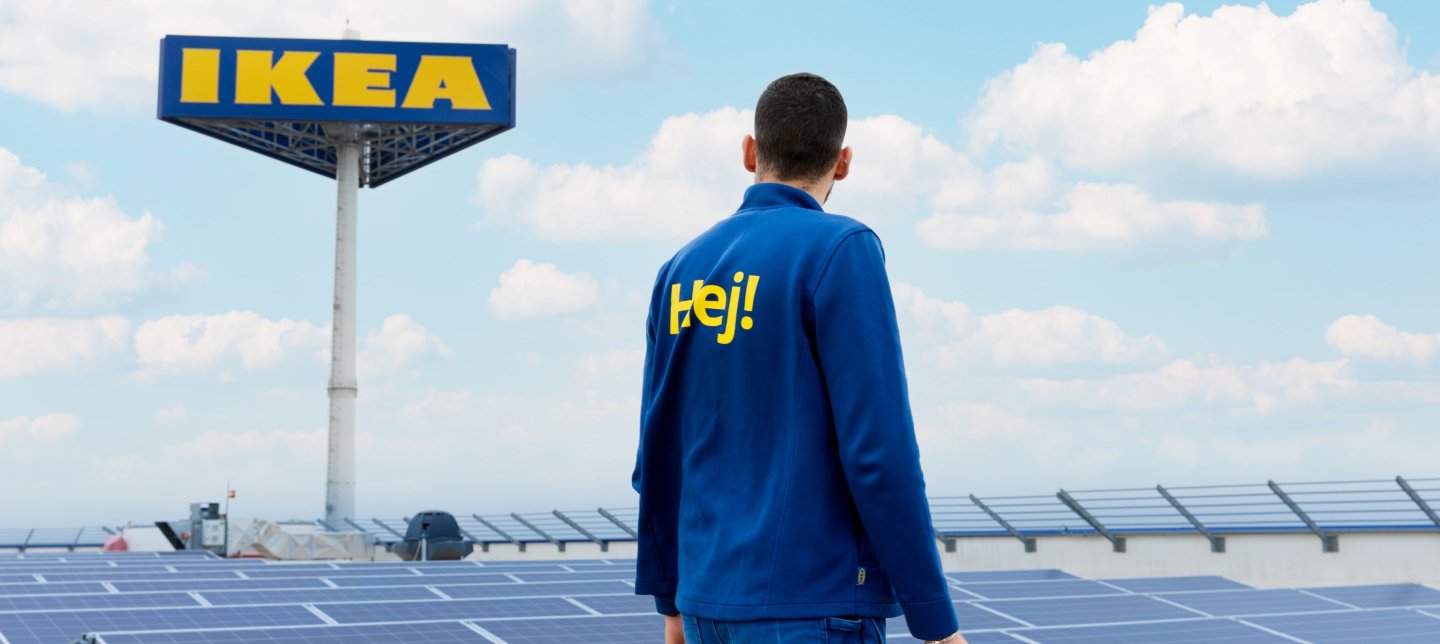
Net Zero Transition Plan
At Ingka Group, we are guided by our vision to create a better everyday life for the many people. A better planet is a better home for us all. We only have one planet, the home we all share, and we are committed to playing our part in tackling climate change.
Download the Net Zero Transition PlanIKEA has always been a change driver.
At IKEA, sustainability is a part of our DNA and vision of creating a better everyday life for the many people. As the largest home furnishing retailer, we have both the opportunity and responsibility to use our size and scale to side with the many people, especially those with thin wallets. One of the biggest barriers for individual action is cost, sustainability can’t be a luxury for the few – a sustainable lifestyle needs to come at an affordable price, supporting people to save not only energy and waste, but also money. Being climate smart is also resource smart, cost smart, and business smart.
Our commitment goes beyond our own business and how we meet our customers. At Ingka Group, we are committed to the Paris Agreement and did set science-based targets already in 2018. During 2024, our climate targets were validated by the Science Based Targets Initiative, resulting in our updated IKEA and Ingka climate ambition “Net Zero and Beyond”. Our commitment is to reduce our climate footprint with 50% by 2030 compared to our FY16 baseline year and by at least 90% by 2050.
To build on the emissions reductions we have already achieved, this climate transition plan presents a roadmap for decarbonisation across all aspects of our value chain. It is based on deep dive analysis of our emission categories, and our climate risks and opportunities. We have a solid plan with clear actions, yet climate change is highly complex, and we don’t have all the answers. At the same time, we are transparent about our challenges, dependencies and innovation gaps and take a leading role in conversations and collaborations that will support us in delivering to our goals.
Key actions towards net zero
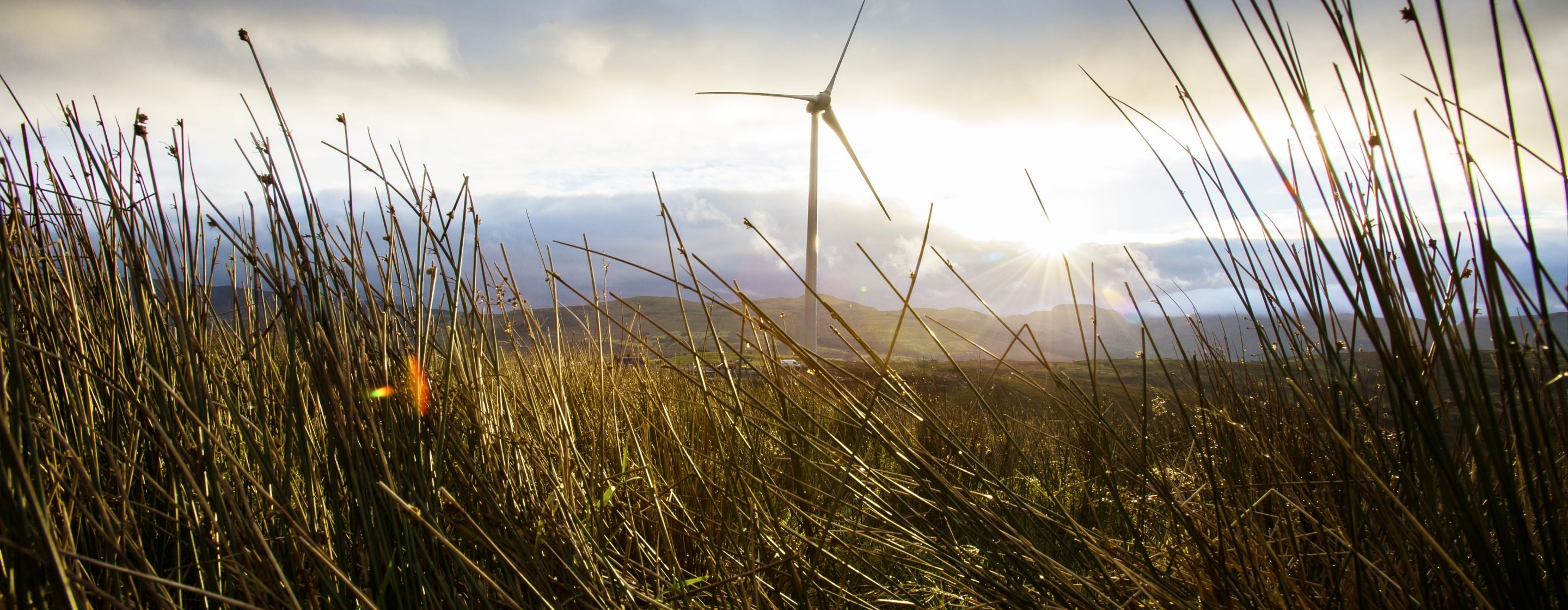
Our climate targets
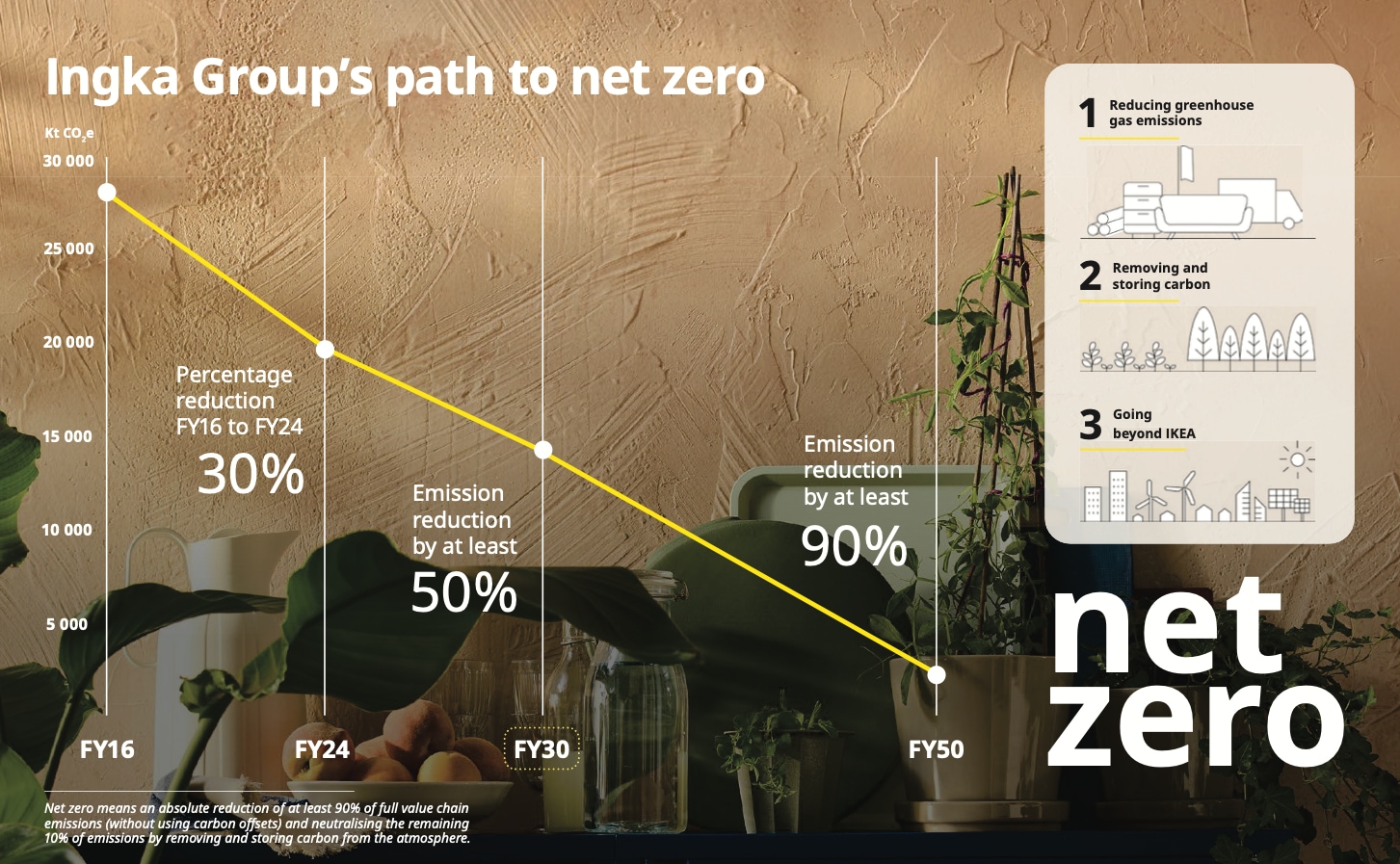 Net zero means an absolute reduction of at least 90% of full value chain emissions (without using carbon offsets) and neutralising the remaining 10% of emissions by removing and storing carbon from the atmosphere.
Net zero means an absolute reduction of at least 90% of full value chain emissions (without using carbon offsets) and neutralising the remaining 10% of emissions by removing and storing carbon from the atmosphere.
We evaluate our progress for our climate footprint, based on trusted and science-based standards and benchmarks, and by measuring our scope 1, 2, and 3 emissions.
Ingka Group commits to reduce absolute scope 1, 2 and 3 GHG emissions by 50% by FY30 from a FY16 base year, and to reach net-zero greenhouse gas emissions across the value chain by FY50.
Our main priority is reducing greenhouse gas emissions across the IKEA value chain, and we are striving to reduce 90% by FY50 without relying on carbon offsets. Any remaining emissions will be neutralised by removing and storing carbon from the atmosphere, bring us to net zero emissions. These targets are approved and validated by SBTi. Additionally, we will go beyond net zero and go beyond IKEA by contributing to additional reductions in society.

Insights from our Net Zero Transition Plan
Ingka Group has shown consistent progress in reducing its emissions, and we have reduced our climate footprint by 30.1%, compared to the FY16 baseline. To build on progress, the new climate transition plan presents a roadmap for decarbonisation across all aspects of the value chain, based on a deep dive analysis of emission categories including store operations, construction materials, mobility and investments. For each emission category the plan presents key sources of emissions, decarbonization levers, external dependencies, and identified actions.
Key insights from the climate transition plan include:
- Actions with impact – detailed breakdown of emission categories where Ingka can uniquely have the most impact and can continue to significantly reduce its own emissions while empowering consumers to make more sustainable choices. Key areas include continuing to scale zero emission deliveries, renewable energy investment and adoption, and constructing with better material choices.
- Innovation and efficiency gaps – mapping of where Ingka has the potential to scale up existing solutions and ensuring consistent adoption across Ingka’s markets, embedding the transition plan into business and innovation planning. Key actions include scaling renewable heating and cooling and the uptake of lower emission materials and technology.
- Governance on the integration of sustainability – with high competence and decision-making involvement of senior management in relation to sustainability topics.
- Updated assessment of climate risks and opportunities – giving a current overview of how climate risks, including extreme weather events, could impact the business and the value at stake if no action is taken. This is Ingka Group’s third assessment following the Taskforce on Climate related Financial Disclosures (TCFD) framework.
Feedback
Decarbonisation requires all of us. We are eager to hear from you, as we progress on this collective journey. Please contact us, if you have questions, feedback, or ideas in response to this roadmap.
